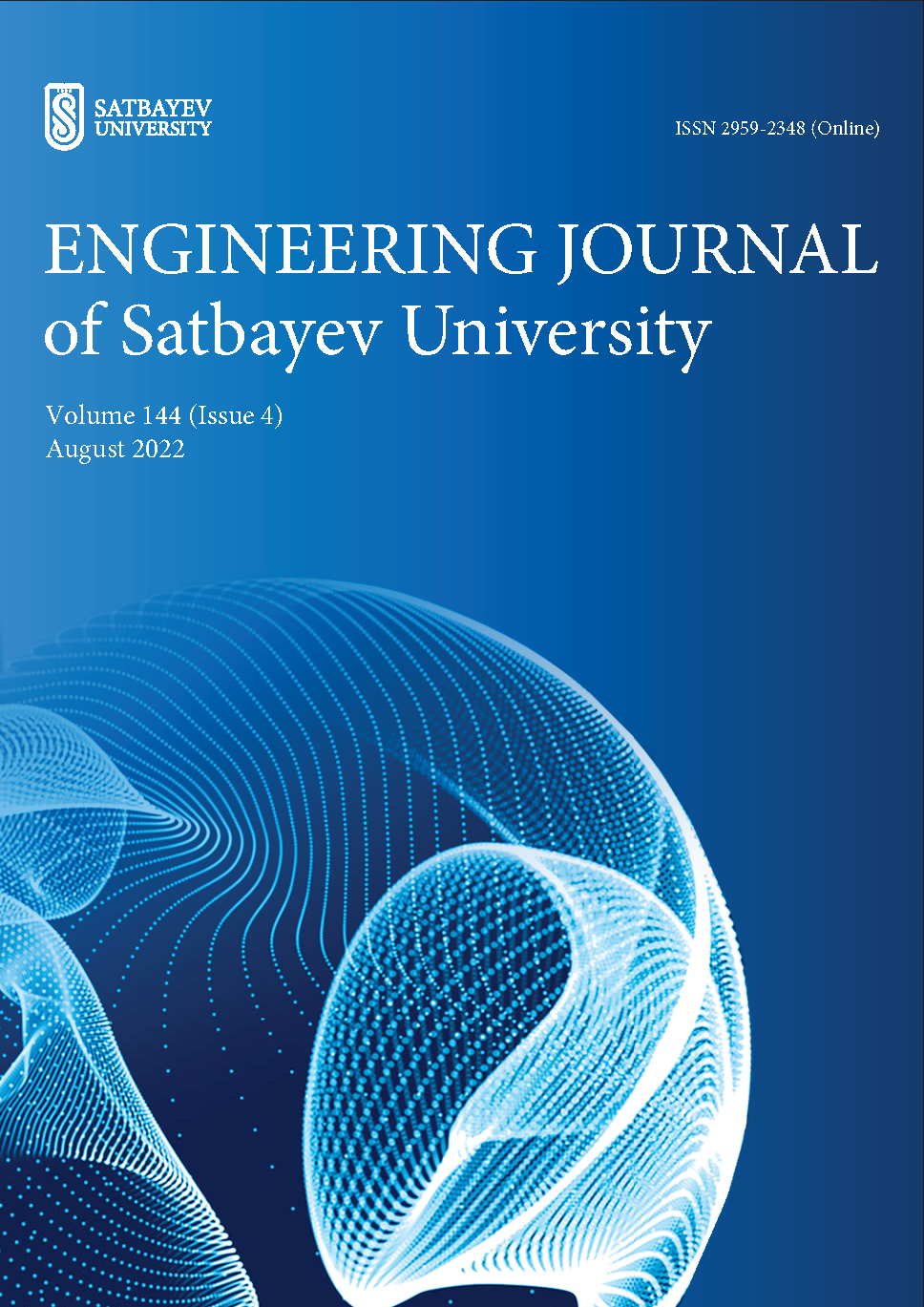About the metallogeny of Kazakhstan and its significance for the forecast of mineral deposits
DOI:
https://doi.org/10.51301/ejsu.2022.i4.04Keywords:
metallogeny, geochemistry, economic minerals, row material resources, mineral deposits, predictive metallogenic researchAbstract
The metallogeny of Kazakhstan is considered from the standpoint of the concept of the Earth's crust stepwise development and geotectonogens. Using examples, new regularities are established that significantly complement the well-known scientific and theoretical ideas about metallogeny and the forecast of minerals, which have not previously been given due attention. Currently, for many priority types of minerals, especially those that are city-forming, there is already an acute shortage. Therefore, the replenishment of mineral reserves is an extremely urgent and important task for the country. In solving the problem, the predictive-metallogenic direction of the metallogenic school of Kazakhstan, which was foundet by K.I. Satpaev. We have described new regularities in the formation and distribution of mineral deposits, especially unconventional ones. In selected promising areas, nodes and areas, large-scale integrated forecasting and prospecting and exploration work is proposed. Considering the established patterns, special attention is paid to the ore content of the Precambrian, Volcanogenic belts, Weathering crusts and stratiform mineralization. The role of predictive metallogenic studies of regional, special and local is shown, with an analysis of existing and new materials based on the latest scientific ideas. The use of advanced technologies will make it possible to establish new patterns of the deposit’s development in time and space, to identify new, including non-traditional ore-bearing areas for Kazakhstan.
Downloads
Published
How to Cite
Issue
Section
License
Copyright (c) 2022 Engineering Journal of Satbayev University

This work is licensed under a Creative Commons Attribution-NonCommercial-NoDerivatives 4.0 International License.
<div class="pkpfooter-son">
<a rel="license" href="http://creativecommons.org/licenses/by-nc/4.0/"><img alt="Creative Commons License" style="border-width:0" src="https://i.creativecommons.org/l/by-nc/4.0/80x15.png"></a><br>This work is licensed under a <a rel="license" href="http://creativecommons.org/licenses/by-nc/4.0/">Creative Commons Attribution-NonCommercial 4.0 International License</a>.
</div>





